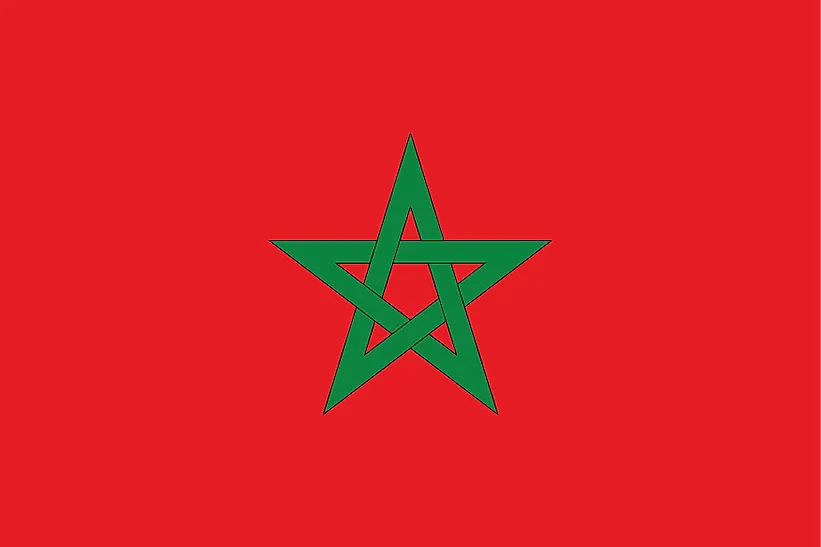
모로코
| 대륙 | 아프리카 |
| 자본 | 라바트 |
| 인구 | 33,655,786 |
| GDP | $283.00억 |
| 1인당 GDP | $8,400 |
| 다이얼링 코드 | +212 |
| ISO 코드(2글자) | MA |
| ISO 코드(3글자) | MAR |
Morocco Landscapes






About Morocco
Welcome to Morocco, a nation where African, Arab, and European cultures converge. With approximately 37 million people occupying 446,550 square kilometers, Morocco combines remarkable cultural diversity with stunning landscapes, standing as a bridge between Europe and Africa.
지리적 특징과 자연의 아름다움
Morocco’s geography encompasses extraordinary diversity, from the Mediterranean coast to the Sahara Desert. The country features four distinct mountain ranges including the High Atlas, Middle Atlas, Anti-Atlas, and Rif Mountains, creating dramatic variations in landscape and climate.
The landscape includes the vast Sahara with its iconic sand dunes, fertile plains along the Atlantic coast, and snow-capped peaks in the Atlas Mountains. The country’s varied topography creates multiple climate zones, supporting rich biodiversity.
Protected areas include Toubkal National Park, home to North Africa’s highest peak, and various nature reserves protecting unique desert and mountain ecosystems. The country’s commitment to environmental protection focuses on combating desertification and preserving biodiversity.
문화 유산과 전통
Moroccan culture represents a rich fusion of Berber, Arab, and European influences. The country’s heritage includes ancient medinas (old cities), distinctive Islamic architecture, and vibrant traditional arts and crafts.
Traditional arts include intricate carpet weaving, pottery, metalwork, and leather tanning. Music traditions range from Andalusian classical music to Berber folk styles, while the art of storytelling remains an important cultural practice.
Moroccan cuisine is renowned worldwide, featuring aromatic spices, couscous, tagines, and mint tea. The tradition of hospitality and the importance of family gatherings remain central to social life.
역사 여행
Morocco’s history spans from ancient Berber kingdoms through Islamic dynasties to modern independence. The country has maintained its independence through most of its history, unique among North African nations.
Significant periods include the Idrisid dynasty, Almoravid and Almohad empires, Marinid period, French and Spanish protectorates, and independence in 1956. The country’s rich historical legacy continues to influence its cultural identity.
현대 경제 환경
Today’s Moroccan economy is one of Africa’s most diverse and stable. The country has developed significant industrial capacity while maintaining traditional sectors like agriculture and crafts.
Recent initiatives focus on renewable energy development, particularly solar power, tourism infrastructure, and industrial modernization. Morocco’s strategic location provides opportunities for trade with Europe, Africa, and the Middle East.
국제 관계 및 글로벌 포지셔닝
Morocco maintains active participation in African and Arab affairs while fostering strong ties with Europe and the United States. The country’s stability and moderate policies make it an important regional partner.
알고 계셨나요?
• The city of Fez has the world’s oldest university, University of Al Quaraouiyine, founded in 859 CE?
• Chefchaouen, known as the “Blue City,” is famous for its striking blue-painted buildings?
• Morocco is home to the largest desert solar power plant in the world?
• The ancient medinas of Fez, Marrakech, Tétouan, and Essaouira are UNESCO World Heritage sites?
결론
Morocco represents a unique combination of ancient traditions and modern development. From its imperial cities to its Saharan oases, from its traditional souks to its modern industries, Morocco continues to evolve while preserving its rich cultural heritage. As it addresses challenges including sustainable development and economic diversification, Morocco remains committed to its role as a bridge between cultures while fostering innovation and growth.